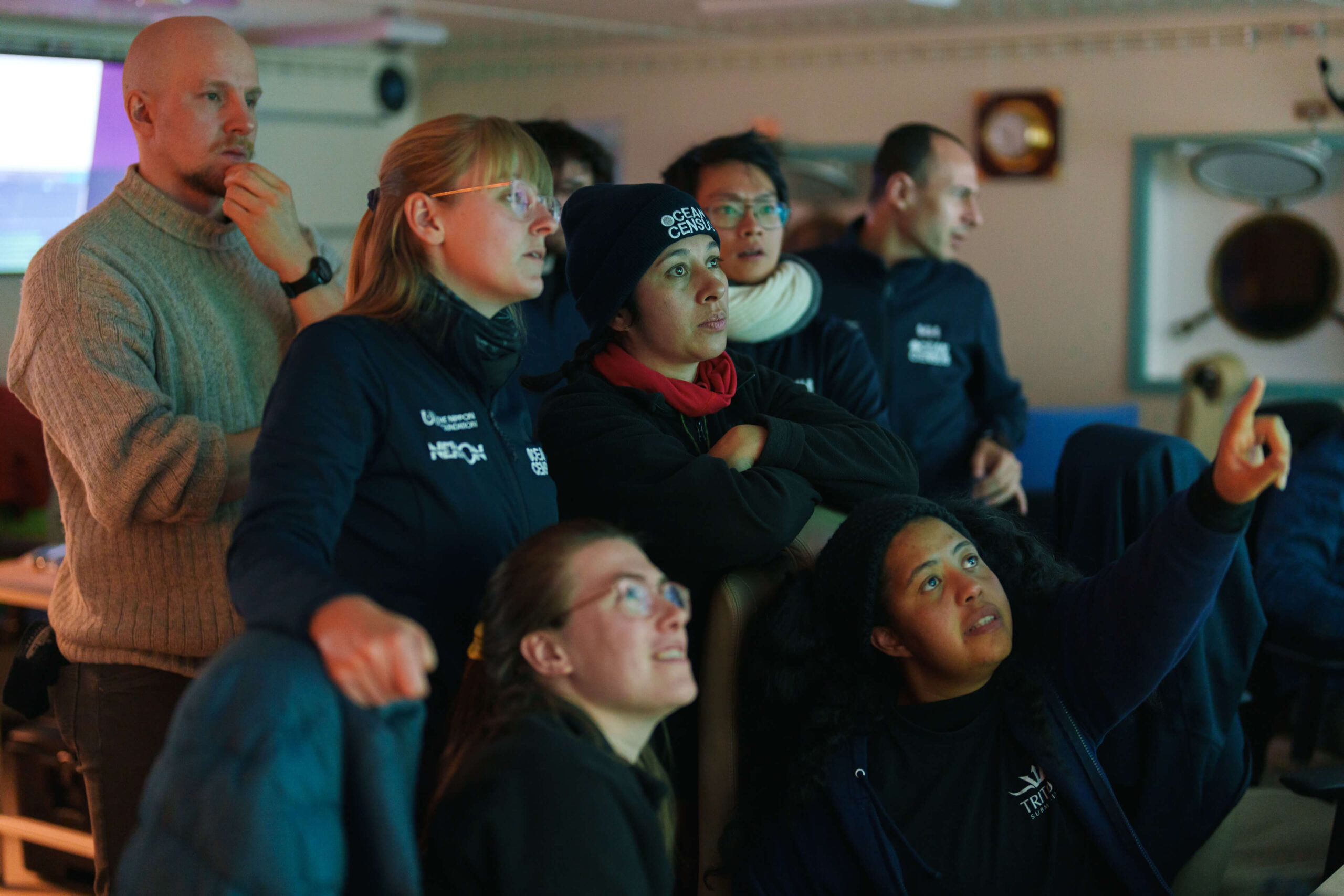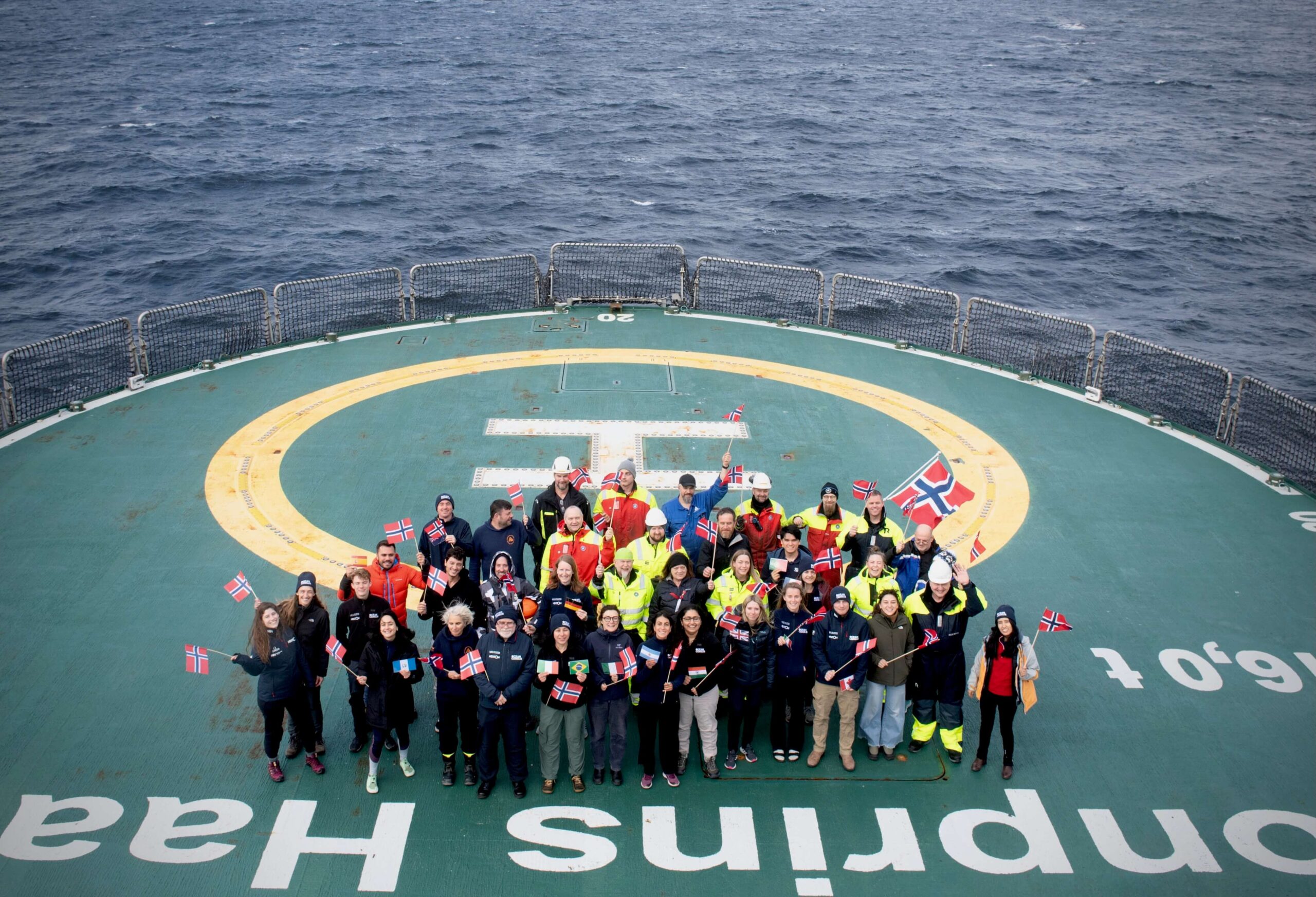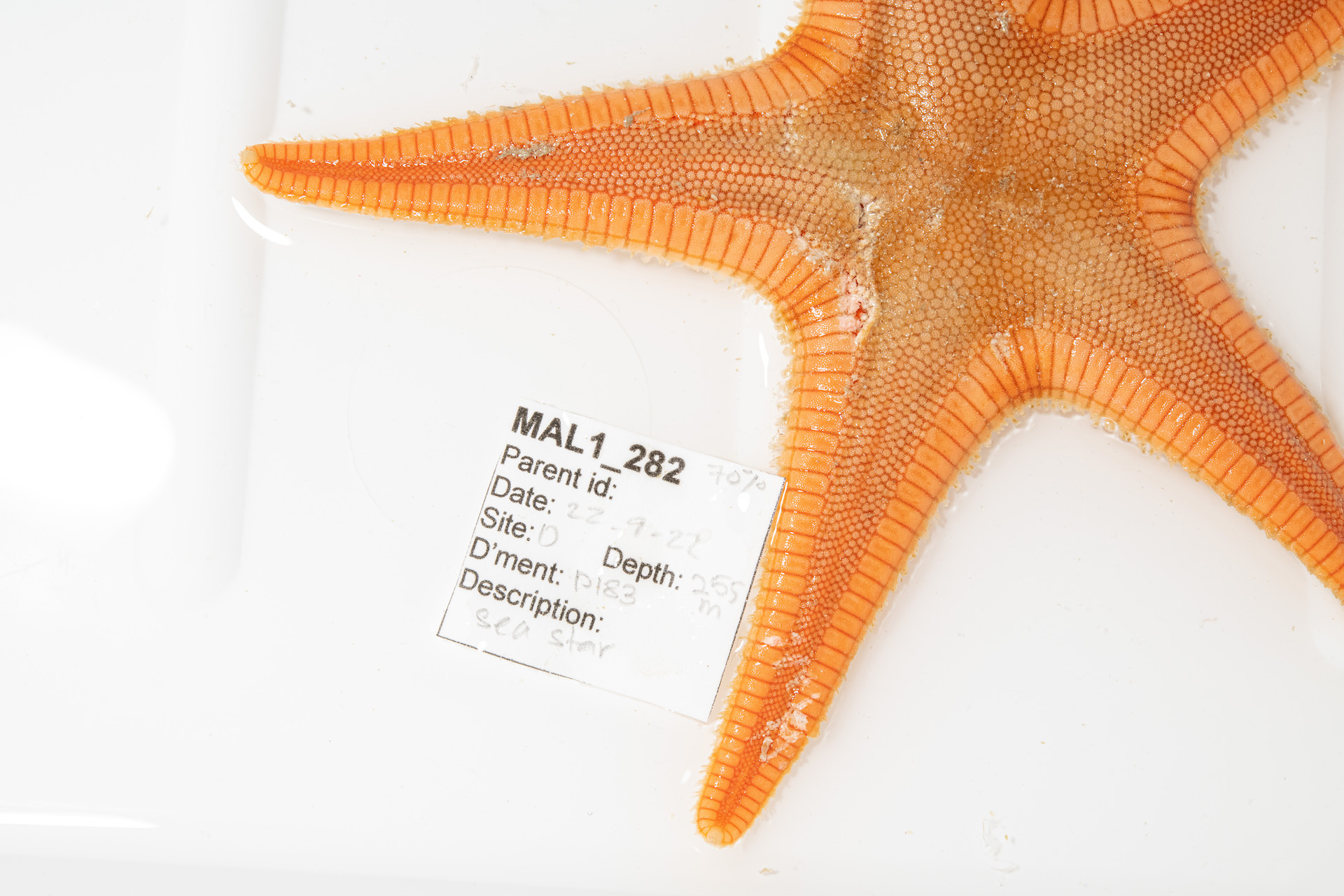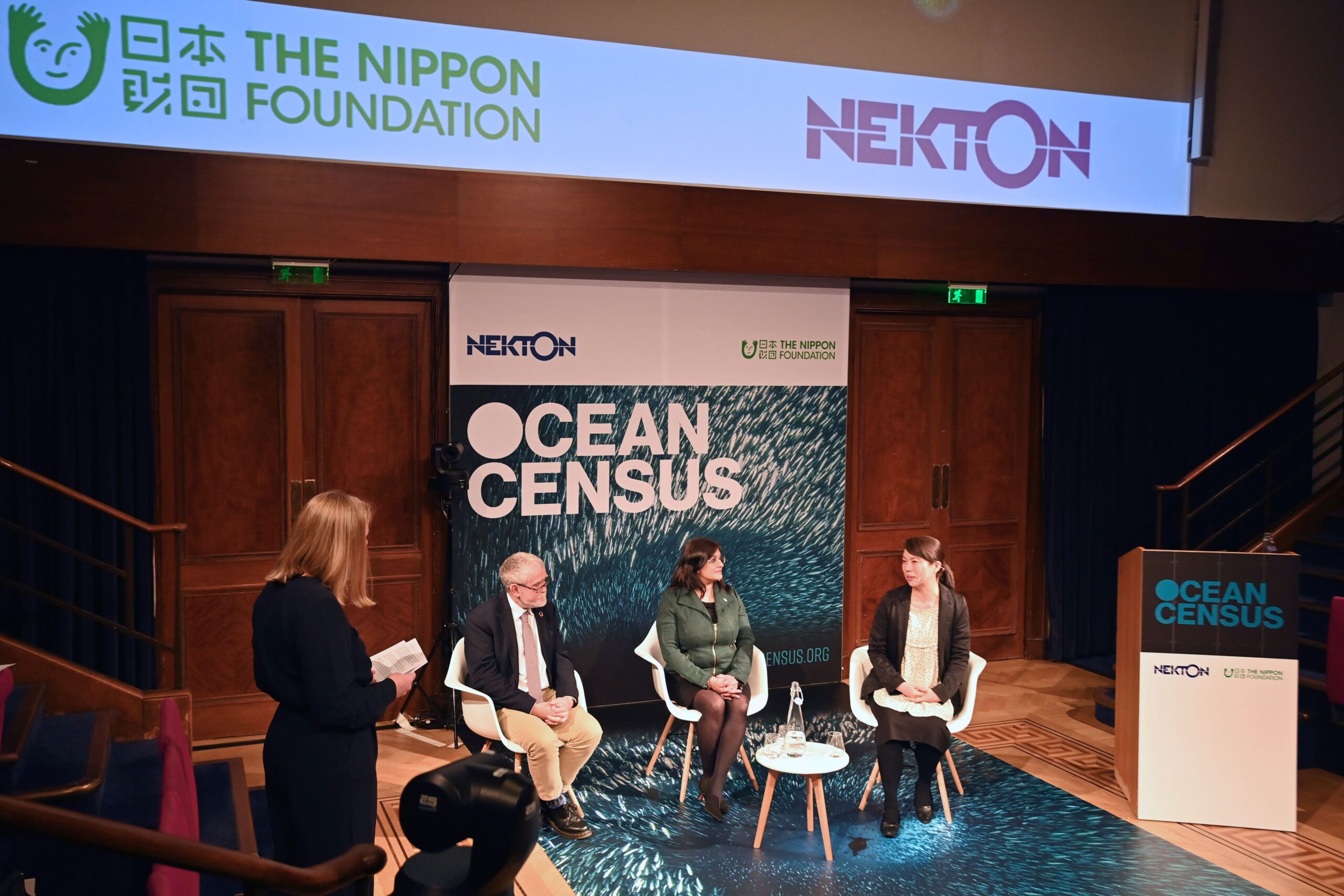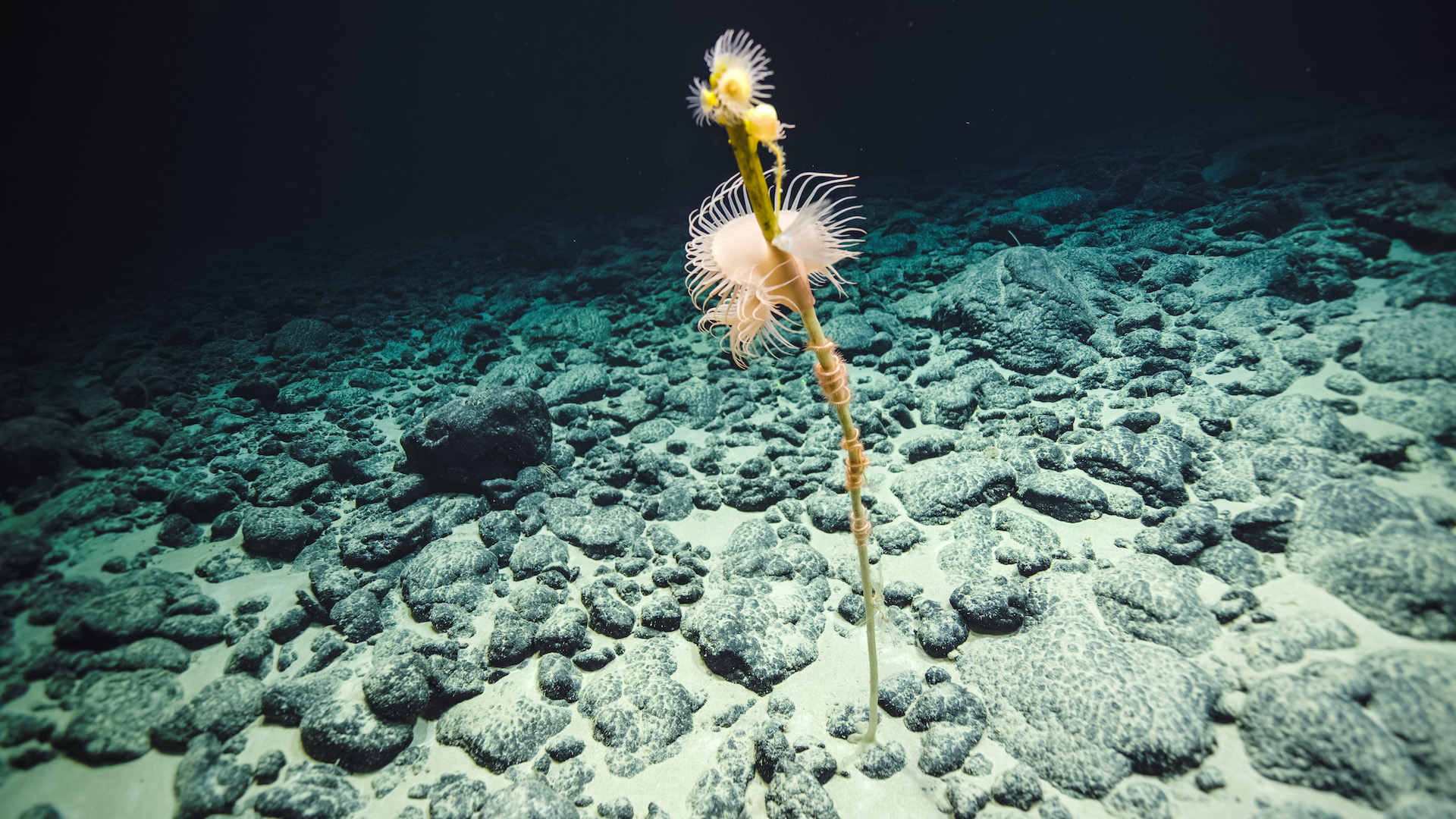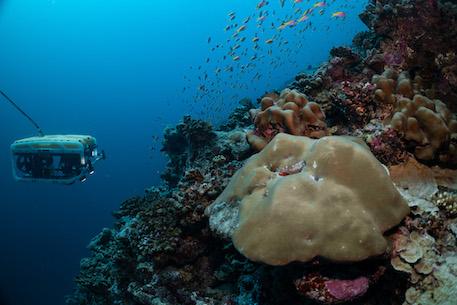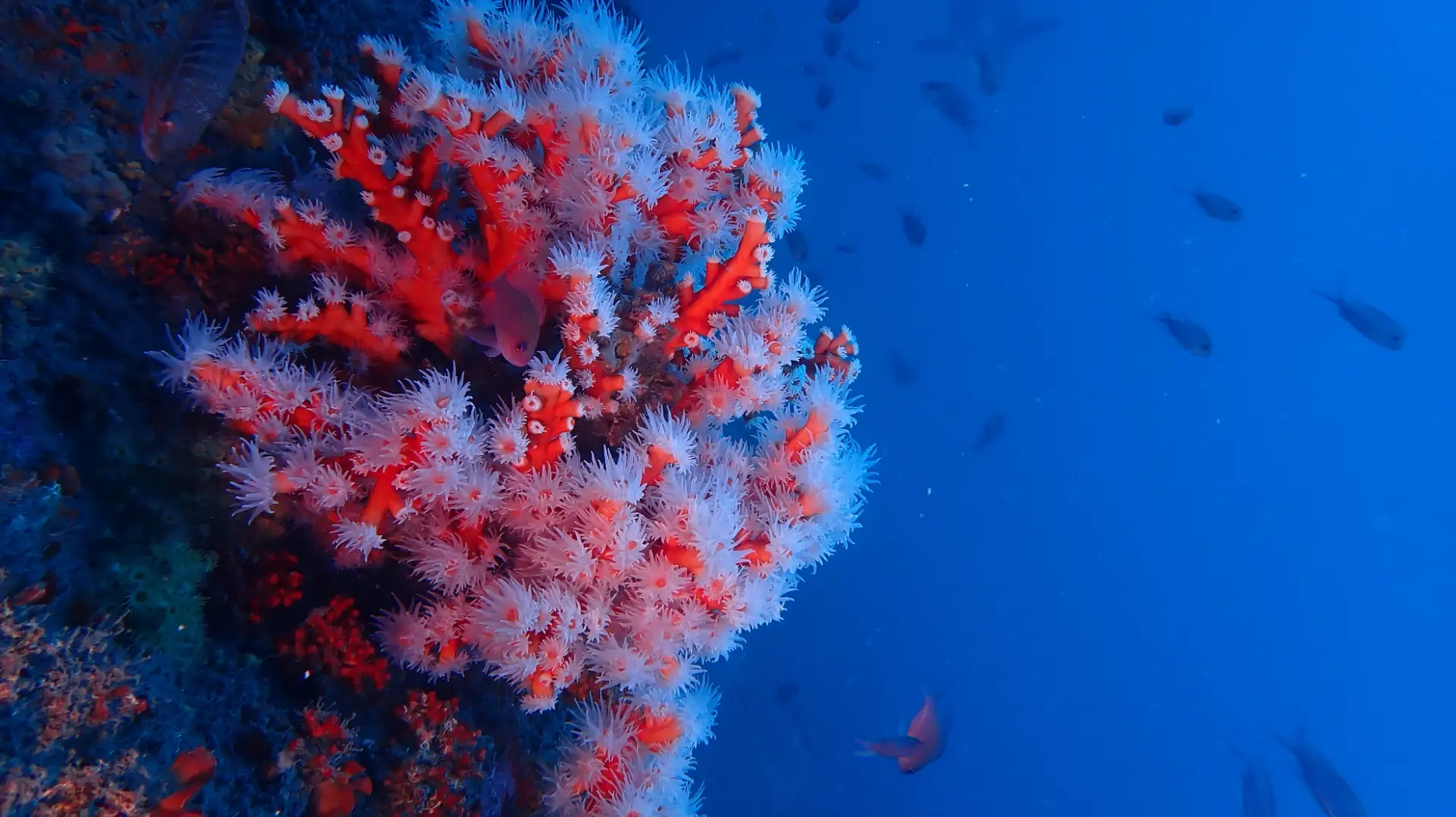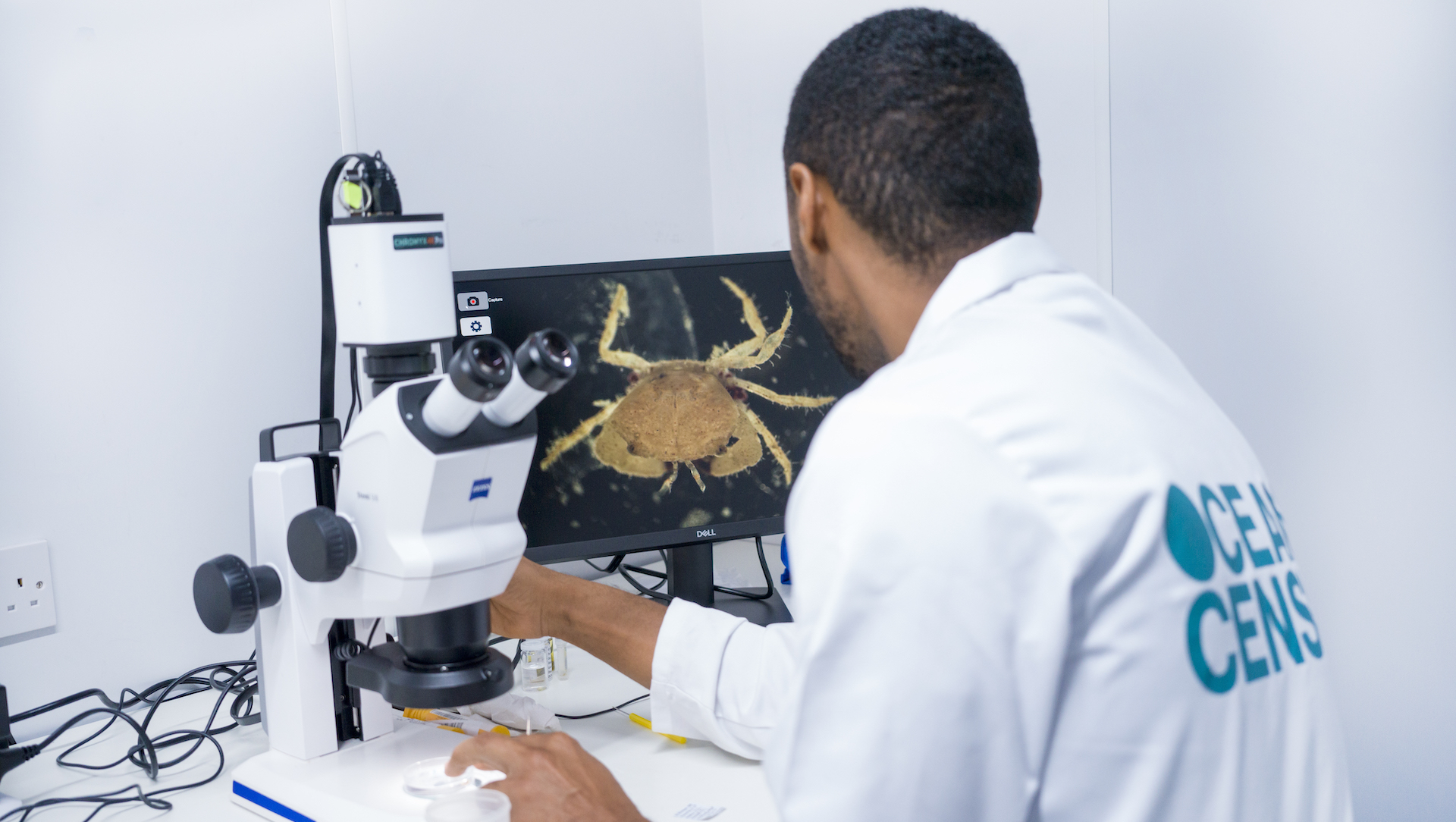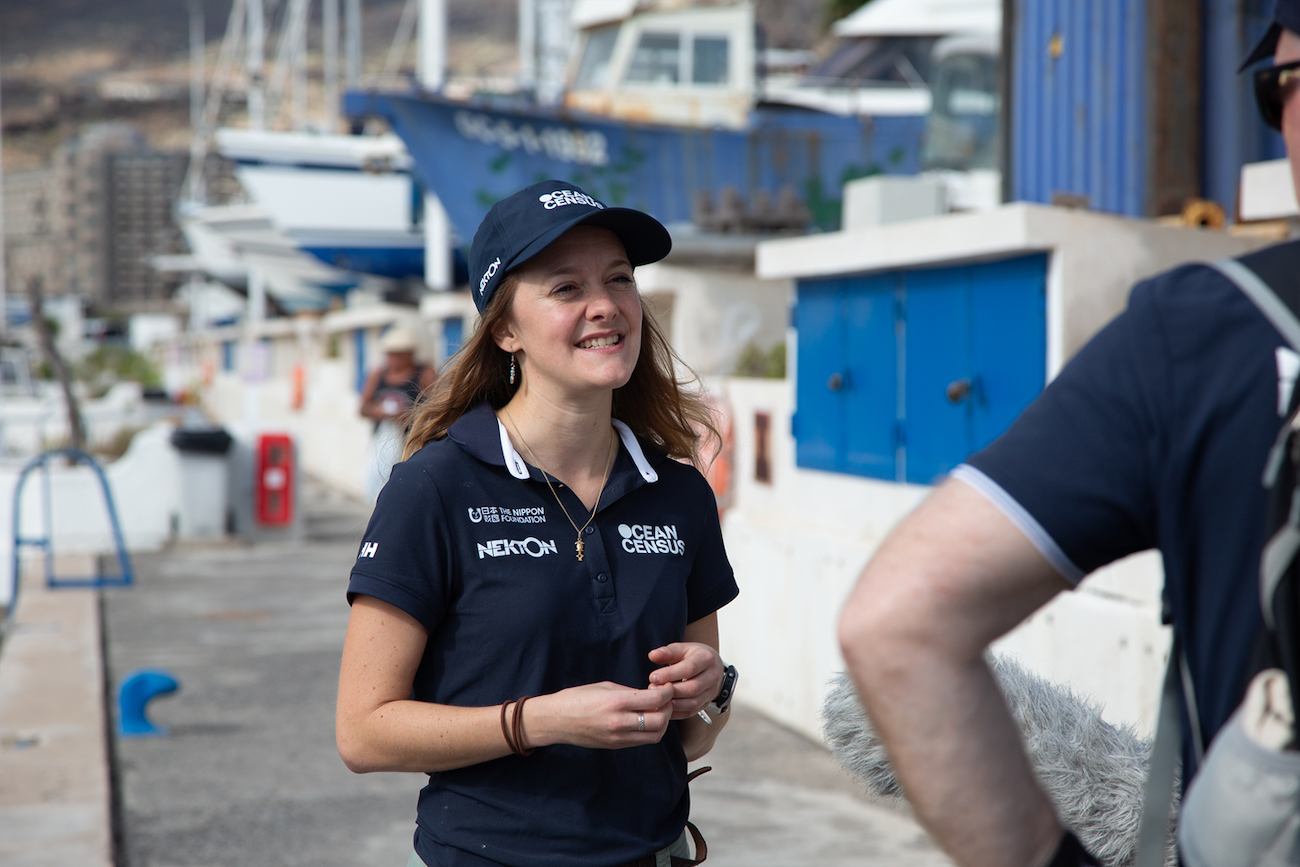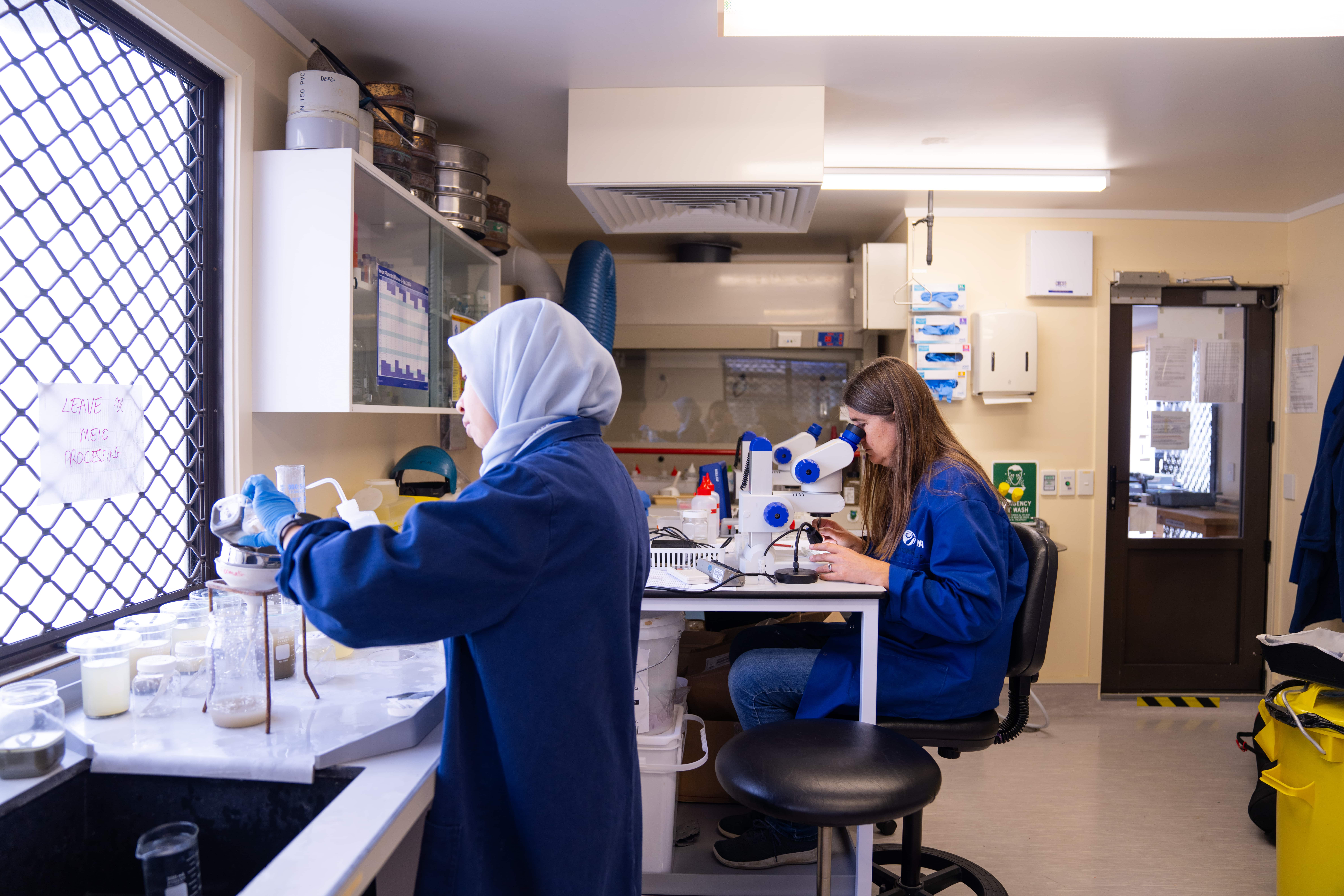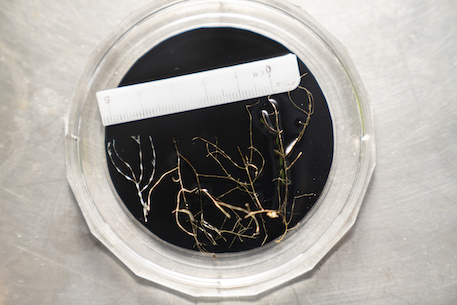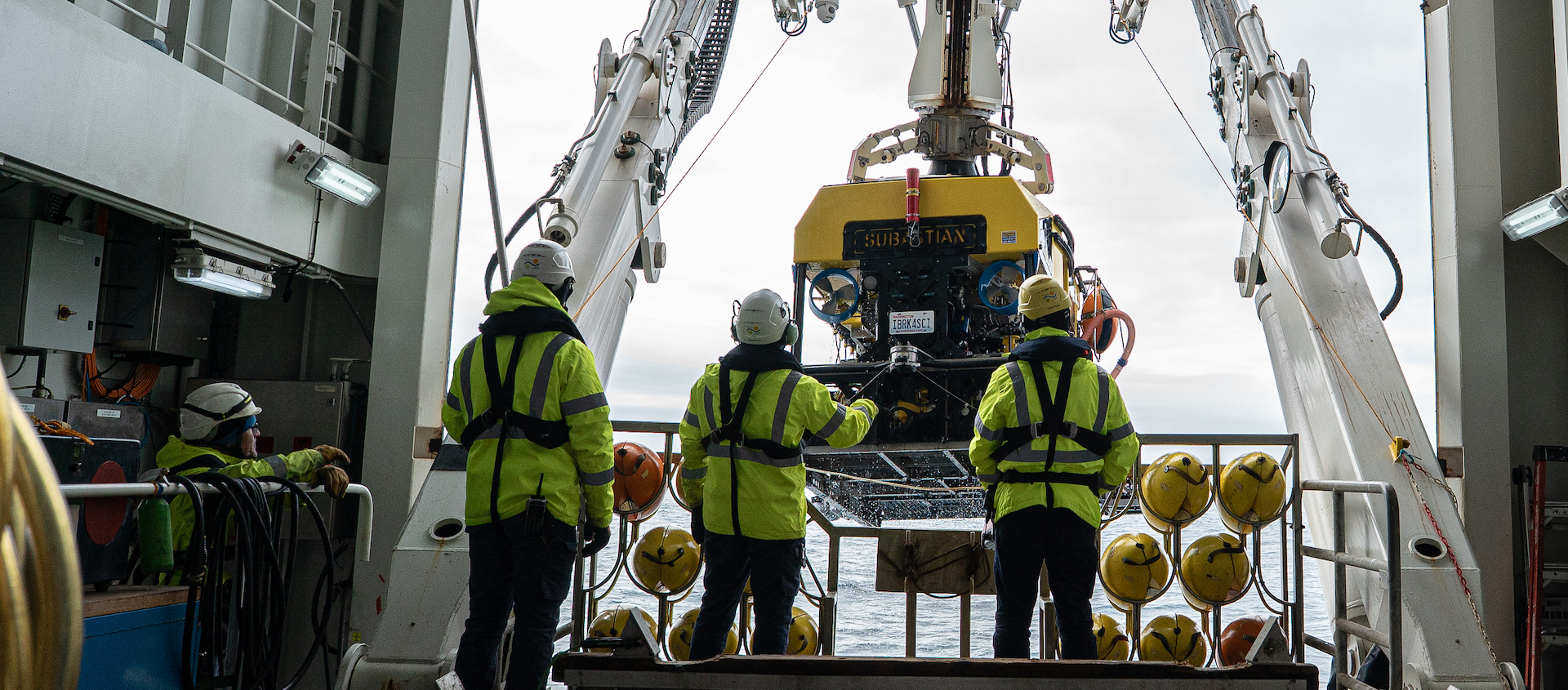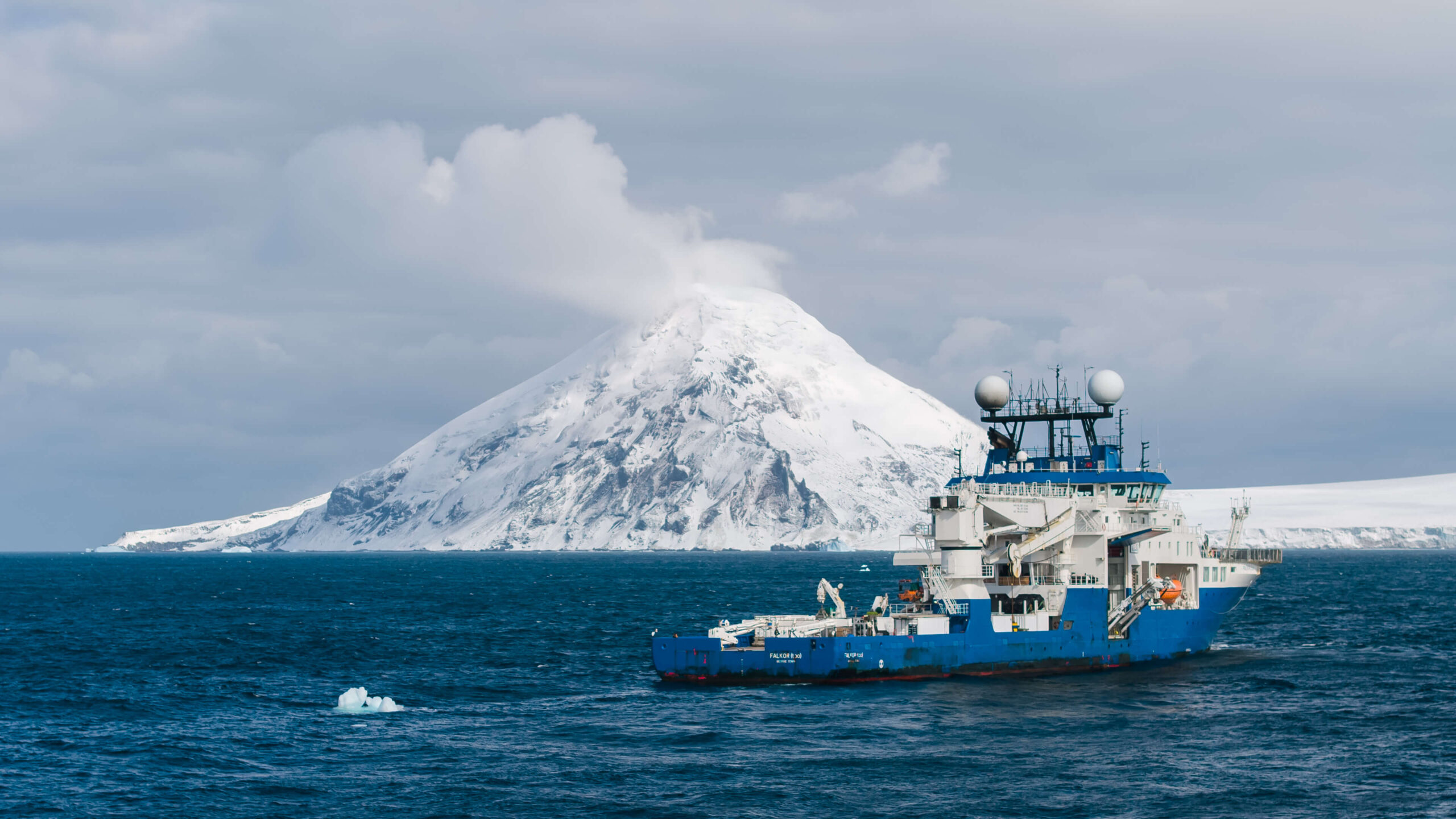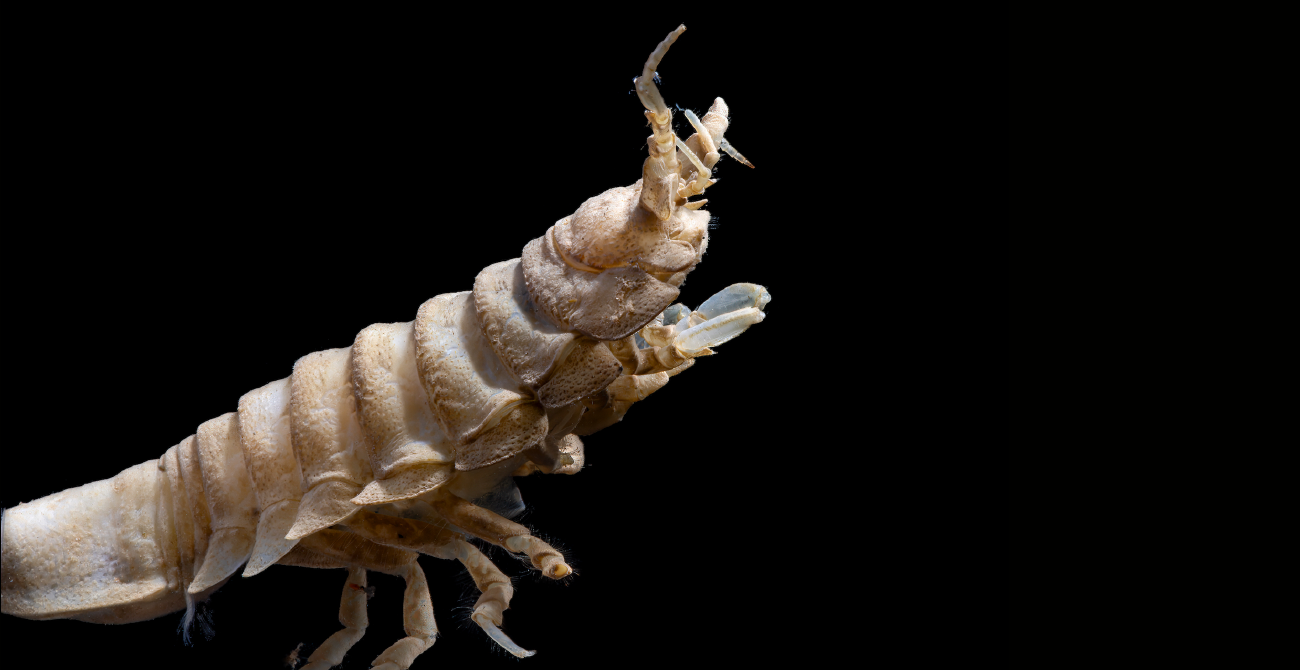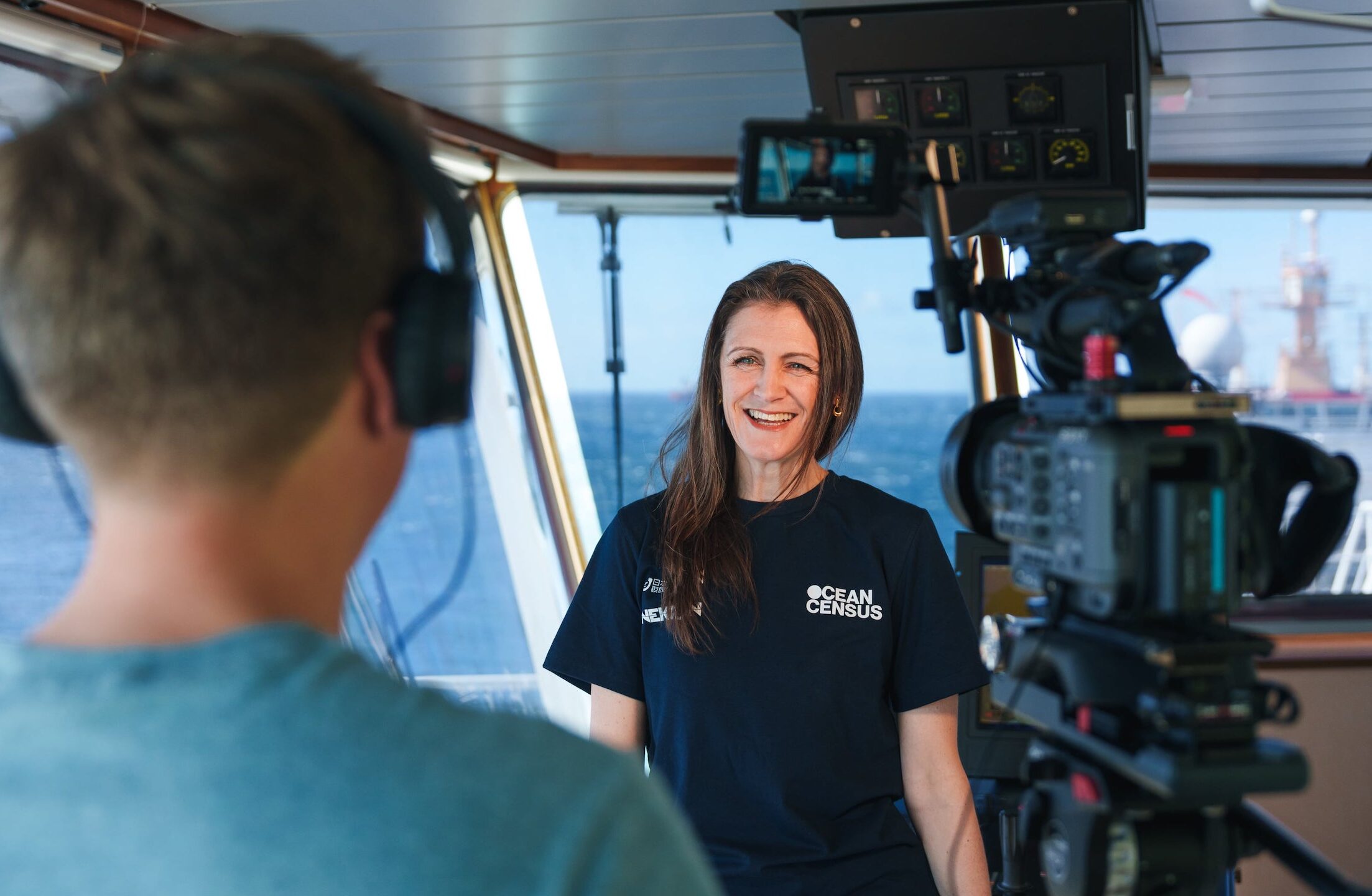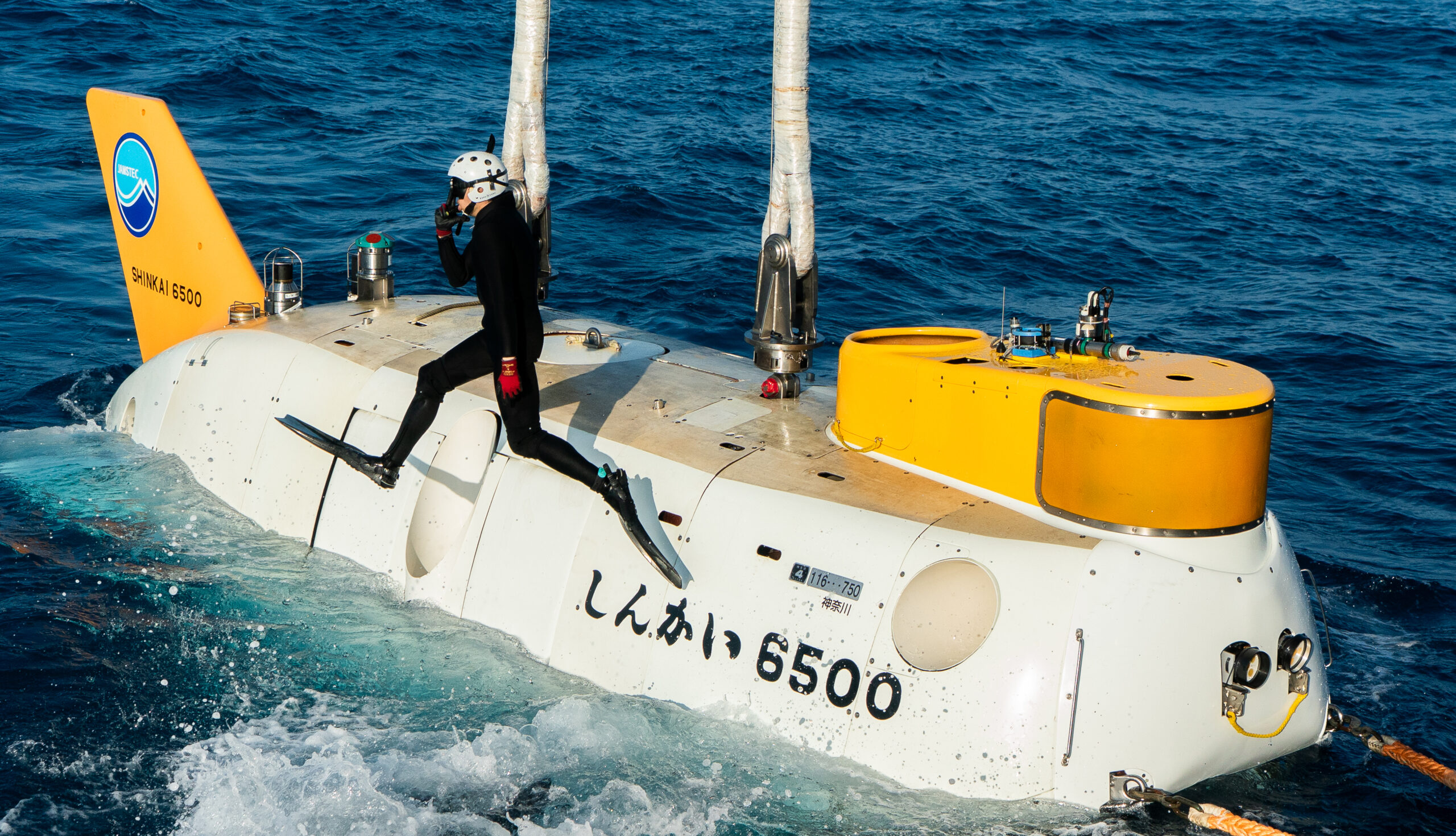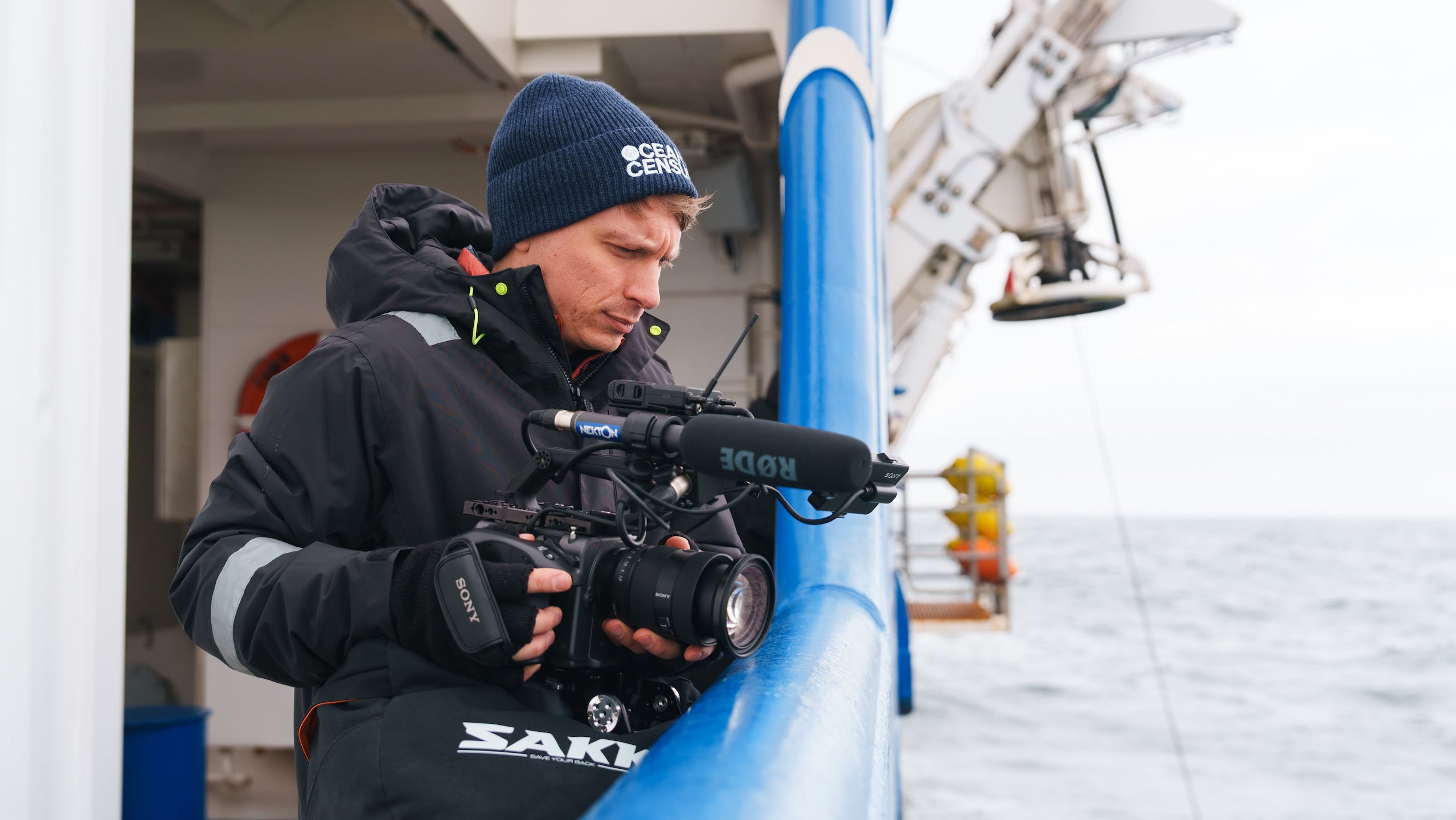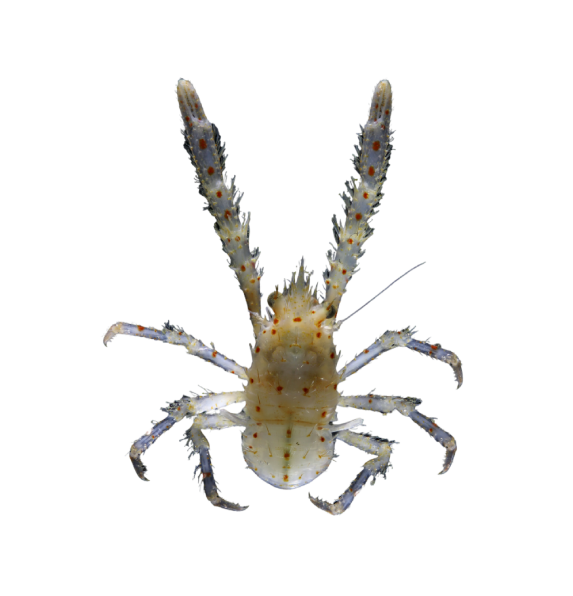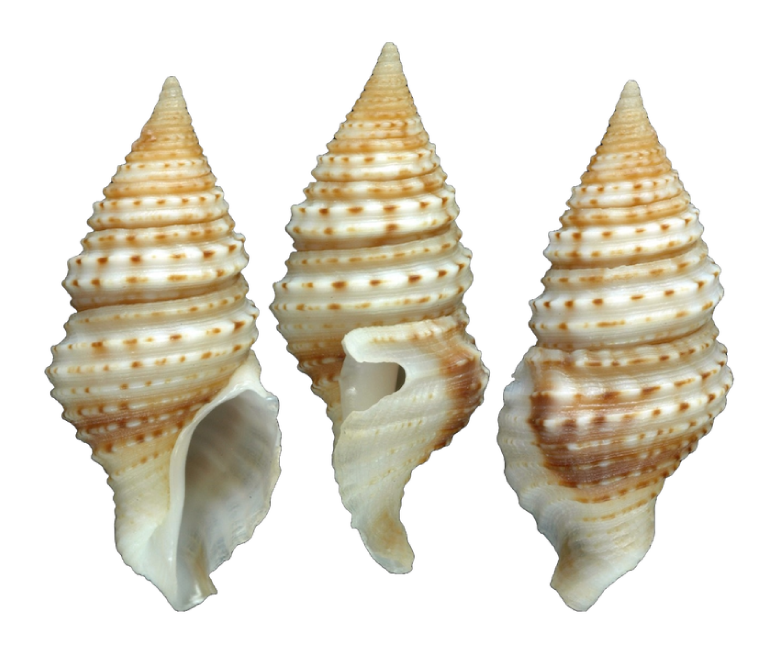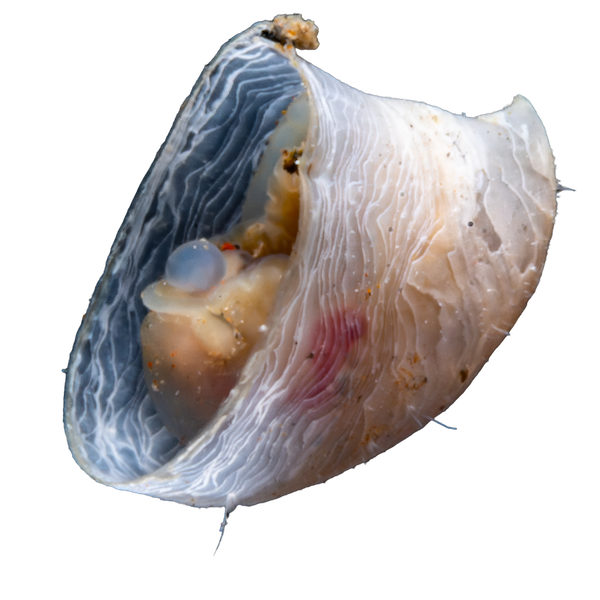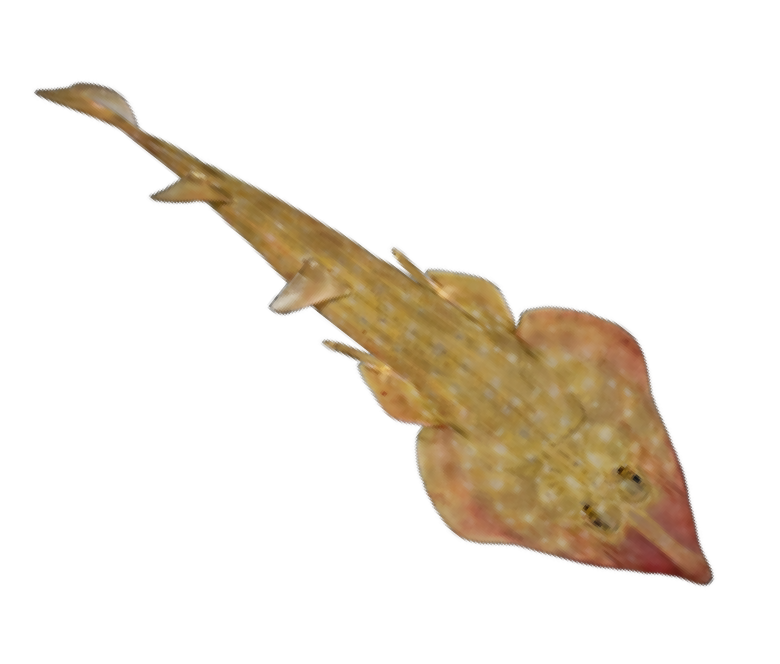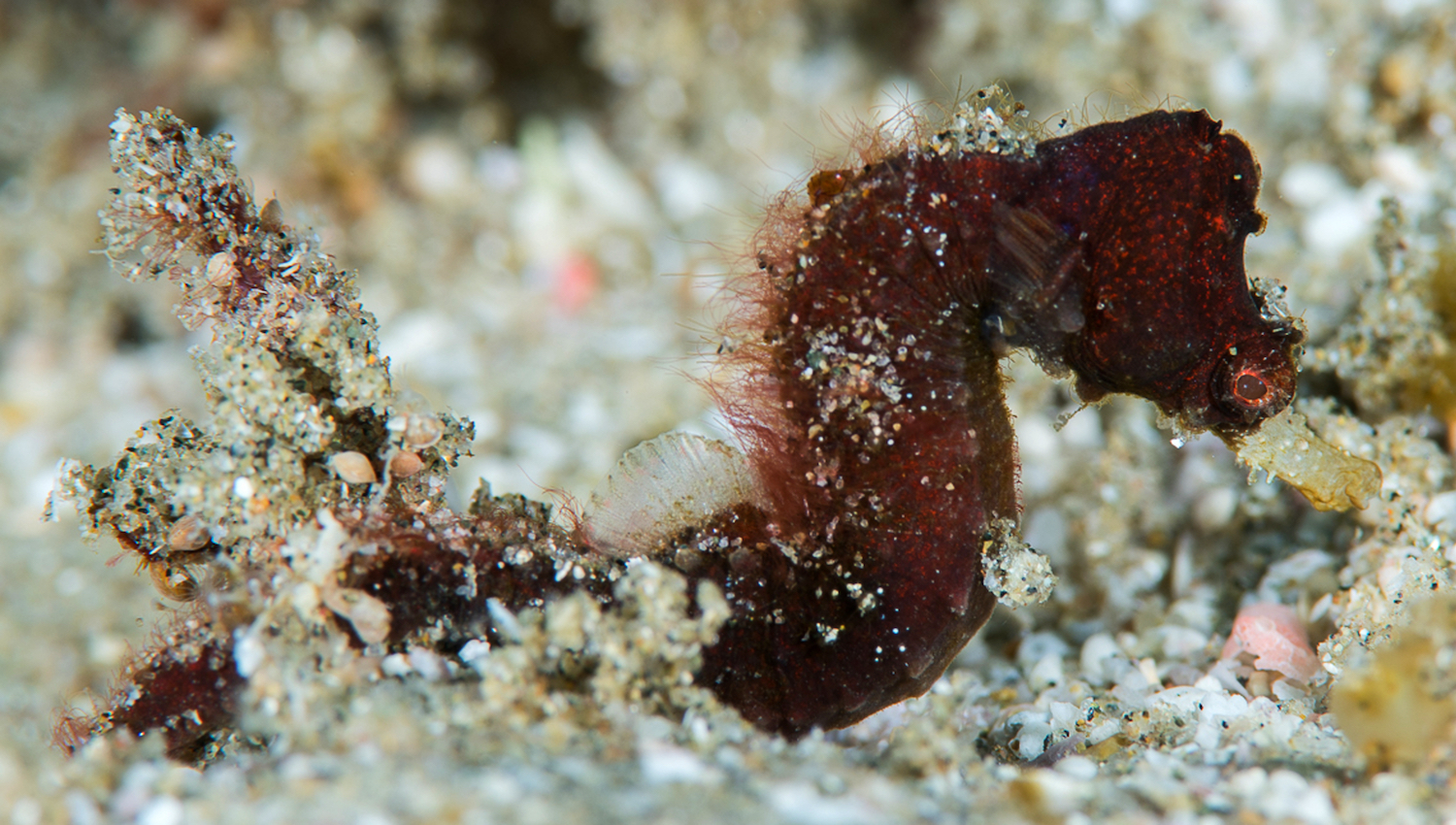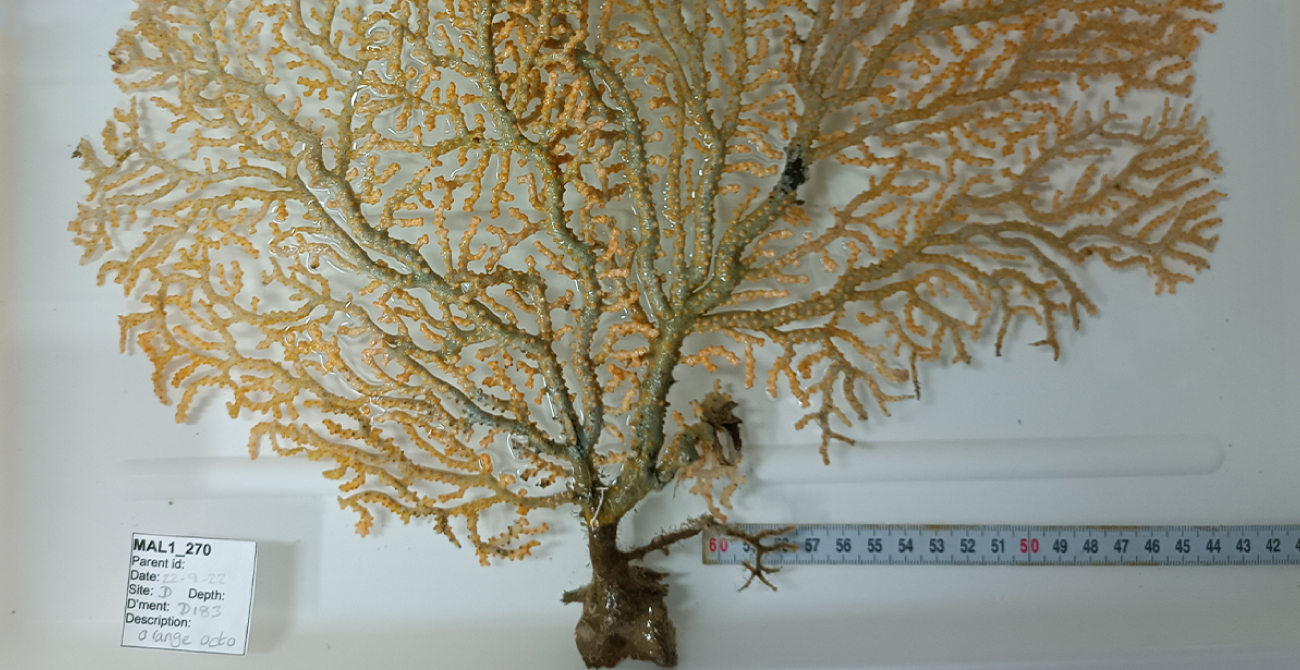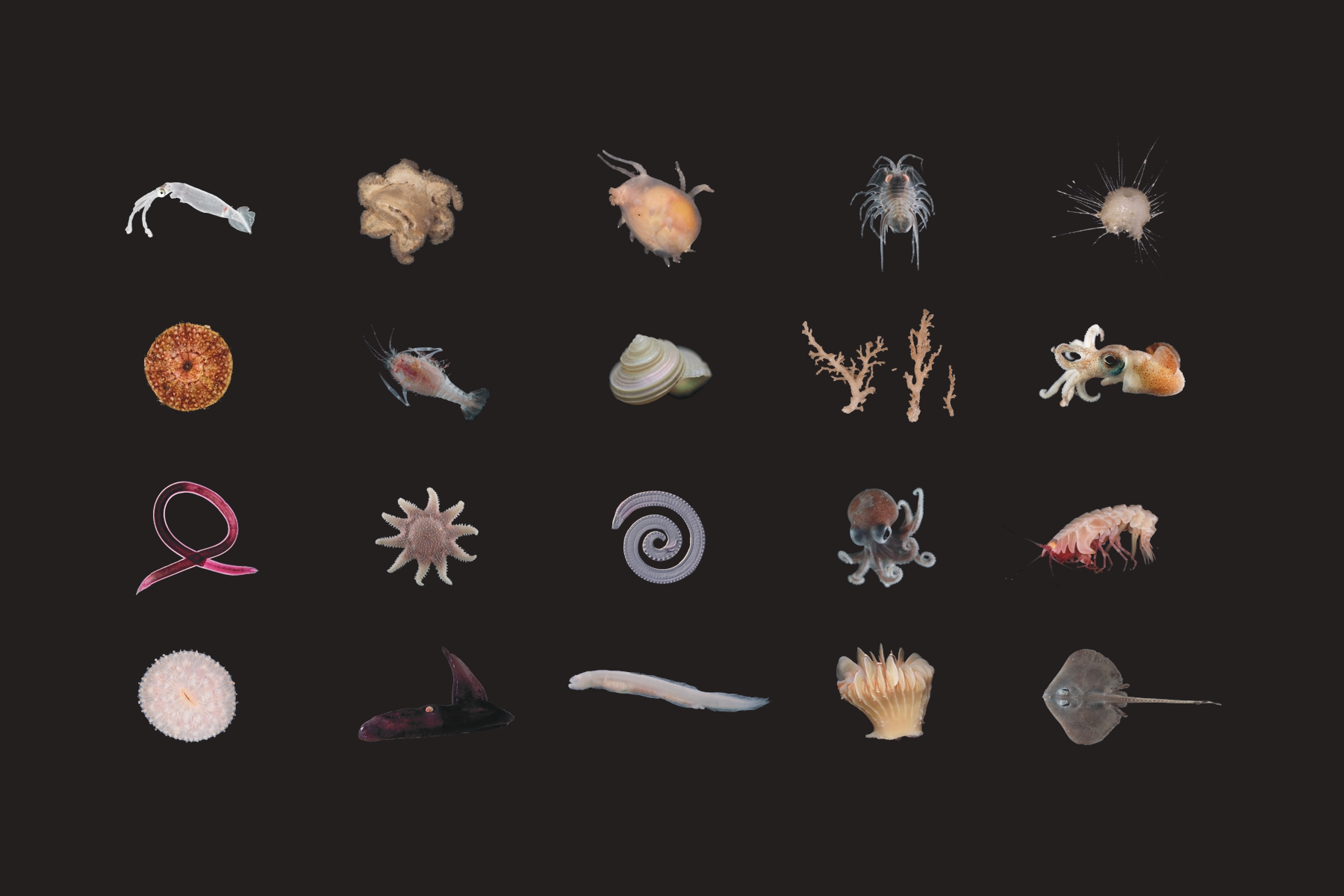

Discovery Spotlight
The Ocean Census is accelerating species discovery, revealing new life forms that have remained hidden beneath the waves. From deep-sea trenches to coral reefs, our research is filling critical gaps in marine biodiversity knowledge, helping to inform conservation efforts, climate resilience, and global policy.
Explore some of the remarkable species uncovered by the Ocean Census Science Network, and access the full database of discoveries through the Ocean Census Biodiversity Data Platform.
Species
Gallery
Ocean Census Biodiversity Data Platform (OC-BDP)
The Ocean Census Biodiversity Data Platform is an open-access data platform containing:
- High-resolution imaging & 3D scans of newly discovered species.
- Genetic sequencing data for taxonomic classification.
- Ecological & environmental metadata to support conservation research.
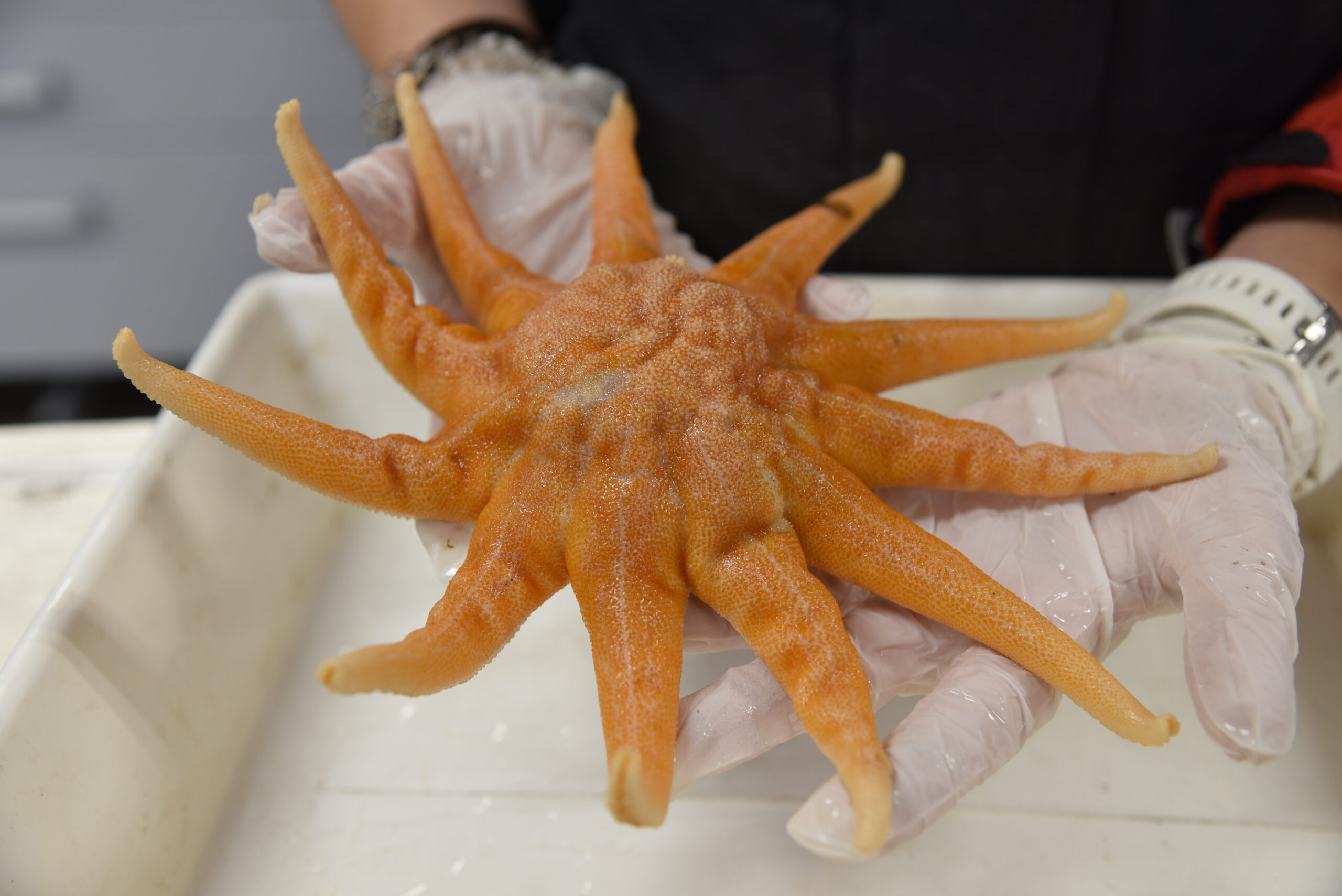
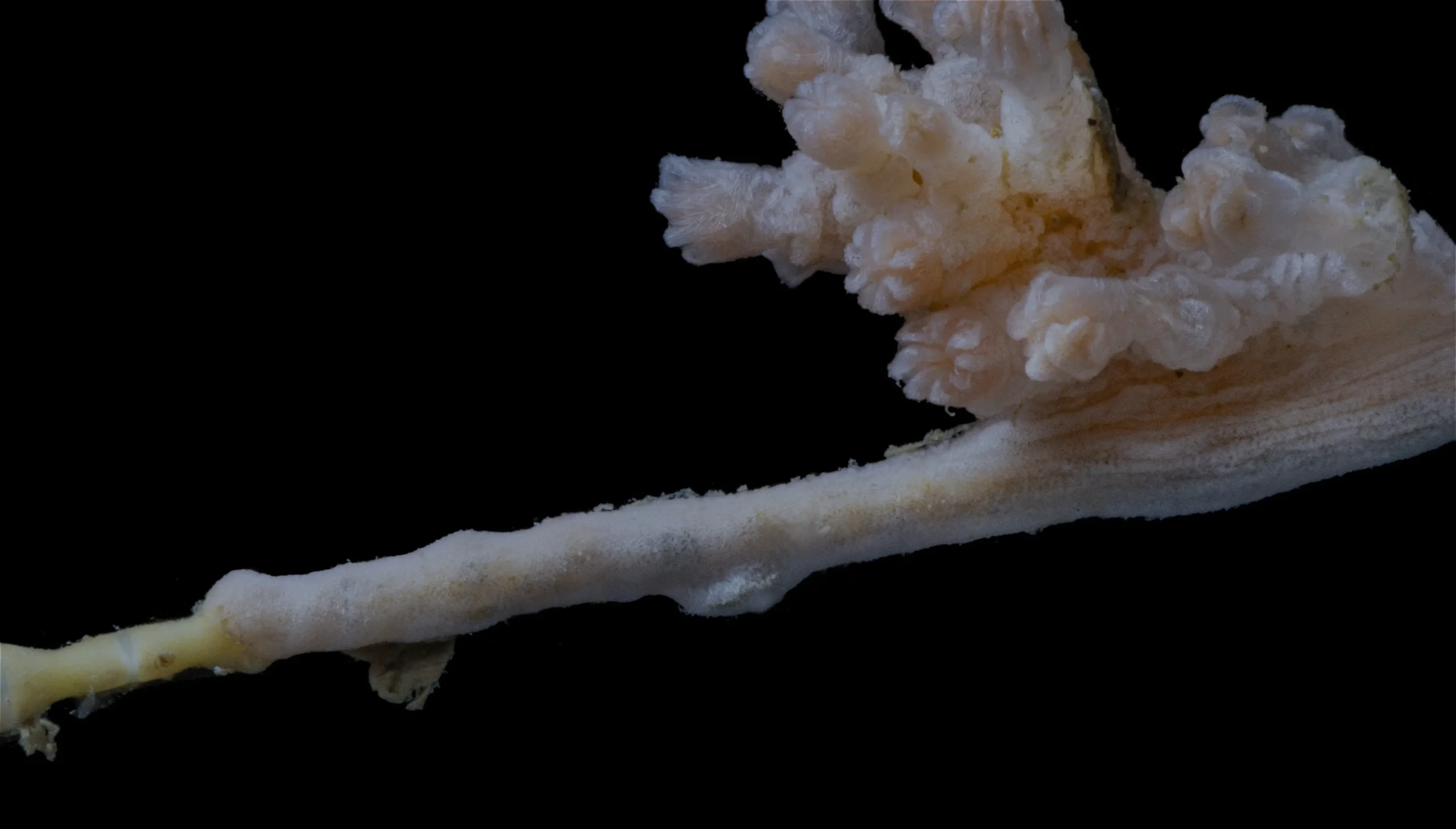
“WE ARE IN A RACE AGAINST TIME TO DISCOVER OCEAN LIFE BEFORE IT IS LOST FOR GENERATIONS TO COME. The OCEAN CENSUS WILL CREATE AN IMMENSE WEALTH OF OPENLY ACCESSIBLE KNOWLEDGE THAT WILL BENEFIT AND SUSTAIN ALL LIFE ON EARTH, FOR HUMANKIND AND OUR PLANET”
Yohei Sasakawa, Chair of The Nippon Foundation
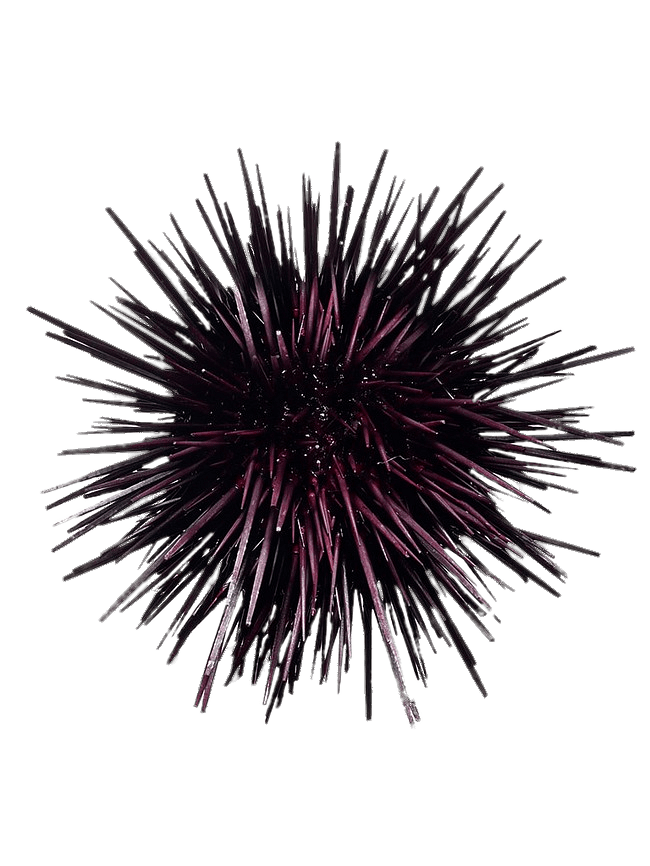
Register your species
to the census
Register an ocean species with the Ocean Census to ensure your discovery is documented and contributes to global marine biodiversity records.
View the process of species registration, as well as what happens after once registered.
Latest News
Join the census
The Ocean Census Alliance unites national and philanthropic marine institutes, museums, and universities, backed by governments, philanthropy, business and civil society partners.
